
All categories
Featured selections
Trade Assurance
Buyer Central
Help Center
Get the app
Become a supplier

(88 products available)














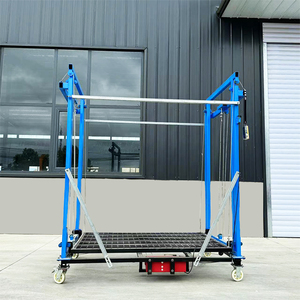
















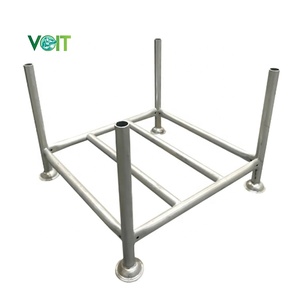
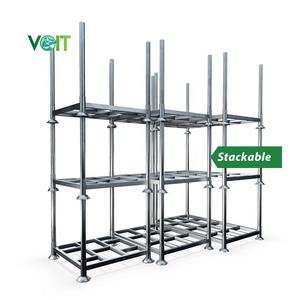
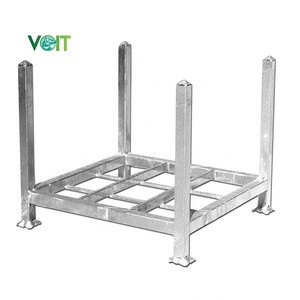


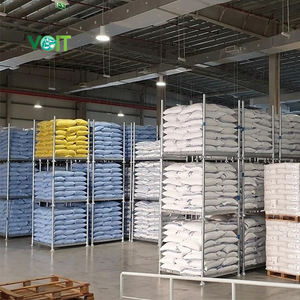










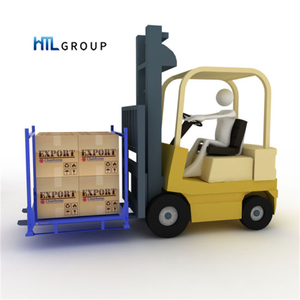

Scaffolding stillages are storage containers designed to transport scaffolding materials. These stillages provide a safe and organized way to store and move scaffolding, reducing risks during transportation. Stillages come in different types to meet varying transportation and storage needs. Here are some of them:
Standard Stillages
Standard stillages are the most common type. They consist of a base and four corners that form a rectangular or square frame. The design allows for easy stacking and storage. There are two main types of standard stillages: wooden and metal stillages.
Metal stillages are made of steel or aluminum. They are durable and can withstand harsh conditions. These stillages have a high load capacity and are resistant to corrosion. Metal stillages are usually lightweight and easy to maneuver.
On the other hand, wooden stillages are crafted from timber. They are less common but still very useful. These stillages are usually more affordable and are preferred when weight is an issue. Wooden stillages are also environmentally friendly and can be customized to fit different sizes.
Folding Stillages
Folding stillages provide flexibility and save space. They have a collapsible design that allows the corners and base to fold in when not in use. This folding mechanism reduces the volume occupied, making them ideal for businesses with limited storage space. There are two main types of folding stillages: single and double folding stillages. Single folding stillages collapse from the top to the bottom, while double-folding stillages collapse from both the length and height.
Drop-side Stillages
Drop-side stillages have sides that can drop down horizontally. This design allows for easier access to the contents and simplifies loading and unloading. The stillages are versatile and are used in different industries. They improve efficiency and reduce manual handling injuries.
Scaffold Stillage
Scaffold stillages are specifically designed for transporting scaffolding. They have adjustable arms or brackets to secure the scaffolding in place during transportation. These stillages are heavy-duty and provide the perfect solution for transporting scaffolds safely.
Scaffold stillages provide great help in the construction industry. Their features improve the efficiency and safety of construction activities. Here are the notable features of stillages:
Robust Construction
Stillages are made with strong materials. This includes high-strength steel or aluminum. The materials have the ability to withstand heavy loads. Additionally, the materials are resistant to harsh weather conditions. This promotes the durability of stillages.
Load Capacity
Each type of stillage has a different load capacity. For instance, standard stillages can support loads of up to several tons. Thus, they are suitable for carrying heavy equipment and materials. On the other hand, heavy-duty stillages are designed to carry even heavier loads. They have reinforced corners and double stacking capabilities.
Stackability
Scaffolding stillages are designed to stack on top of each other. They usually have castor wheels or fork pockets. This helps to maximize space when not in use.
Safety Features
Stillages come with a variety of safety features. For instance, anti-slip platforms, safety barriers, and load securing devices. These features help to prevent accidents. They also ensure the safe transportation of scaffolding materials.
Easy Assembly and Disassembly
Stillages are easy to assemble and disassemble. They come with simple locking systems. This promotes quick setup and takedown when they are not in use.
Corrosion Resistance
To improve the longevity of the stillages, they are treated with anti-corrosion materials. Some stillages are made with galvanized steel. This steel prevents rust and corrosion.
Versatility
Construction stillages are versatile. They are used in different industries apart from construction. This includes manufacturing, warehousing, and oil and gas industries.
Compliance
Stillages meet international standards. They are compliant with occupational health and safety regulations. This ensures the protection of workers and the prevention of accidents.
Scaffolding stillages are used in various industries and applications for transporting and storing scaffolding materials and other construction equipment. Some common usage scenarios include:
Construction Sites:
Stillages provide a safe and organized means of storage and transport for scaffolding components such as; tubes, fittings, and boards. This organization enhances efficiency and safety on-site as workers easily access required materials.
Scaffolding Companies:
The stillages facilitate the transportation of scaffolding materials to and from various job sites. They ensure that scaffolding components remain intact, preventing losses or damages while in transit.
Warehouses and Depots:
Stillages are utilized to store scaffolding materials and other construction equipment in a compact and organized manner. This maximizes space and makes it easier to conduct inventory management and access required materials.
Events and Exhibition Organizers:
Event organizers use stillages to transport and store scaffolding materials for temporary structures such as stages, lighting, and audience sitting areas. The stillages ensure all materials are safely and efficiently managed throughout the event cycle.
Industrial Maintenance:
In large industrial setups stillages are used to transport and store scaffolding materials required for maintenance and inspection activities. This ensures that maintenance activities are conducted efficiently and safely.
Scaffolding stillages are also used in the oil and gas industry to transport and store scaffolding materials in offshore and onshore locations. Here they ensure that maintenance and construction activities are conducted safely and efficiently in remote and challenging environments.
Additionally, they protect the scaffolding materials from harsh weather conditions and prevent losses or damages while they are in transit or storage.
Before purchasing stillages for scaffolding, wholesalers should consider several factors to ensure they buy the right product. Here are some of the factors:
Material
Stillages are manufactured with different materials, and each has different loads and benefits it can carry. The most common materials are aluminum and steel. Aluminum is lightweight, making it easy to handle and move. Stillages made of aluminum are suitable for low-level scaffolding. On the other hand, steel stillages are more durable and robust. They can be used for high-level scaffolding.
Capacity
It's important to check the load-carrying capacity of the stillage. This ensures the stillage can support the weight of the scaffolding parts and any additional materials. Each stillage has a maximum load capacity that is calculated and rated by engineers.
Stackability
Look for stillages that can be stacked on top of each other. Stackable stillages help save space when storing or transporting them. They also help reduce transportation costs and improve inventory efficiency.
Durability
Wholesalers should get stillages that are durable and manufactured with quality materials. The stillage should be resistant to moisture, weather elements, and corrosion. This ensures the stillage lasts for many years and offers value for the investment.
Compatibility
Wholesalers should get stillages that are compatible with their existing scaffolding system. This will ensure enhanced stability, safety, and seamless connectivity.
Compliance
The stillage should meet the local industry regulations and safety standards. Compliance ensures optimal safety and also prevents legal issues.
Price
Wholesalers should compare prices from different manufacturers to get a good deal. However, they should not compromise the quality of the product for them to be able to stay within budget. Getting a priced product is important, but getting a product that is within budget and delivers quality is even more important.
Q1: What are the common materials used in stillages?
A1: The stillages are made of durable materials to support the load capacity and withstand the working environments. They are commonly constructed with scaffolding stillages. The stillages can be made of steel, which is strong and has a high tensile strength. The stillages can also be made of aluminum, which is lightweight and rust resistant. The wooden stillages are less common but can be used in some applications.
Q2: What is the lifespan of a stillage?
A2: The lifespan of the stillage depends on the material used. For steel stillages, the lifespan is between 10 to 12 years. Aluminum stillages have a lifespan of about 15 years. Factors that affect the lifespan of the stillage include the usage, maintenance, and storage conditions.
Q3: What are the advantages of stillages?
A3: Stillages provide a safer way to transport and store scaffolding materials. It protects the materials from damage and reduces the risk of injuries and accidents. Stillages improve the efficiency of handling the materials and maximize space.
Q4: What is the load capacity of stillages?
A4: The load capacity of the stillages depends on the design, size, and material. Stillages are designed to carry heavy loads of scaffolding materials. Single beam stillages can carry loads of up to 1,500 kg. Double beam stillages can carry up to 3,000 kg, while triple beam stillages can carry up to 4,500 kg. It is important not to overload the stillage to prevent accidents.
Q5: What maintenance practices are required for stillages?
A5: Regular inspections and cleaning of the stillages are required. Welded joints and connections should be checked and cleaned of debris and rust. If there are any signs of damage or wear, they should be repaired immediately. Proper storage of the stillage when not in use will also enhance its lifespan.